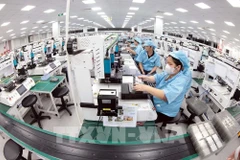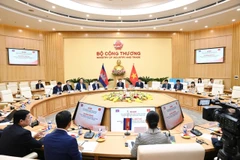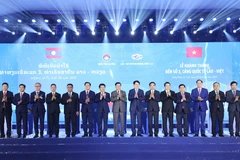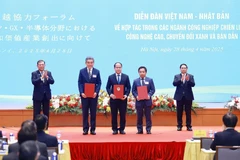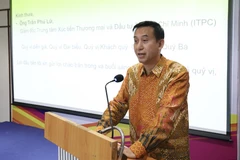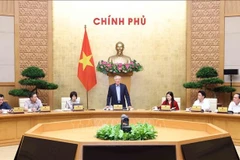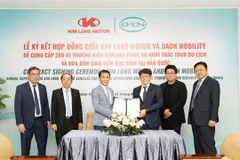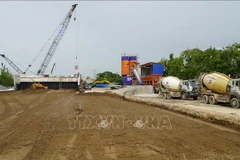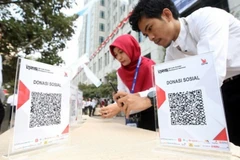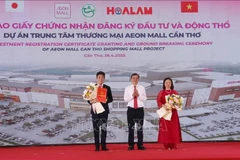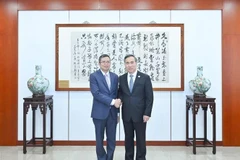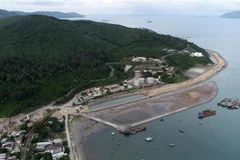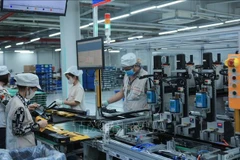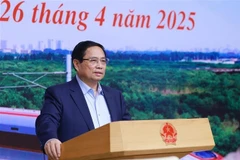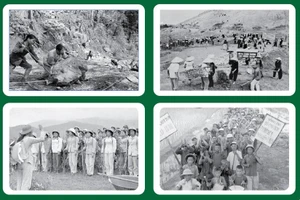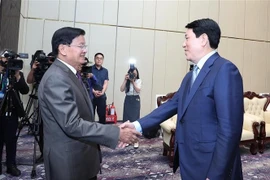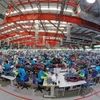According to the Foreign Investment Agency (FIA),by March 2011, there were 7,442 valid projects in the processingindustry, accounting for 59.5 percent of the total 12,500 FDI projects.The sector also recorded the highest capital disbursement rate of nearly67.2 percent, said a recent survey by the Vietnam Chamber of Commerceand Industry (VCCI).
However, FIA noted that theaverage size of these projects remains modest, reaching only 4.3 millionUSD per project compared to 32 million USD per project in real estate,19 million USD per project in electricity, gas and water distribution,and nearly 35 million USD per project in mining.
Ajoint study conducted by Tran Dinh Thien, Director of the VietnamEconomics Institute, and Nguyen Tu Anh, an expert of the CentralInstitute for Economic Management (CIEM), showed that in addition to thesmall size, almost all FDI projects in the processing industry use lowtechnologies and short-term business strategies dominated by overseasparent companies.
“Therefore, they have no motivation for technological transfer,” Tu Anh noted.
Also for this reason, the links between FDI and domestic businessesare loose, limiting the transfer of technologies and management skillsbetween the two sectors.
According to a recent CIEMsurvey, in addition to a lack of State policy in support for productionalliance networks, the problem also had its root in Vietnamesebusinesses’ poor capacity, which is yet to meet FDI businesses’ demands.The survey cited the examples of Fujitsu Vietnam , which must importall components and materials, and Panasonic Vietnam , which importsalmost all components and materials except for packaging materials.
Director Thien cited the Republic of Korea ’s experience ofstrictly managing the licence of small-sized and low-tech projects andrecommended that attention should be paid to developing supportingindustries in attracting FDI investment instead of the currentattraction./.
